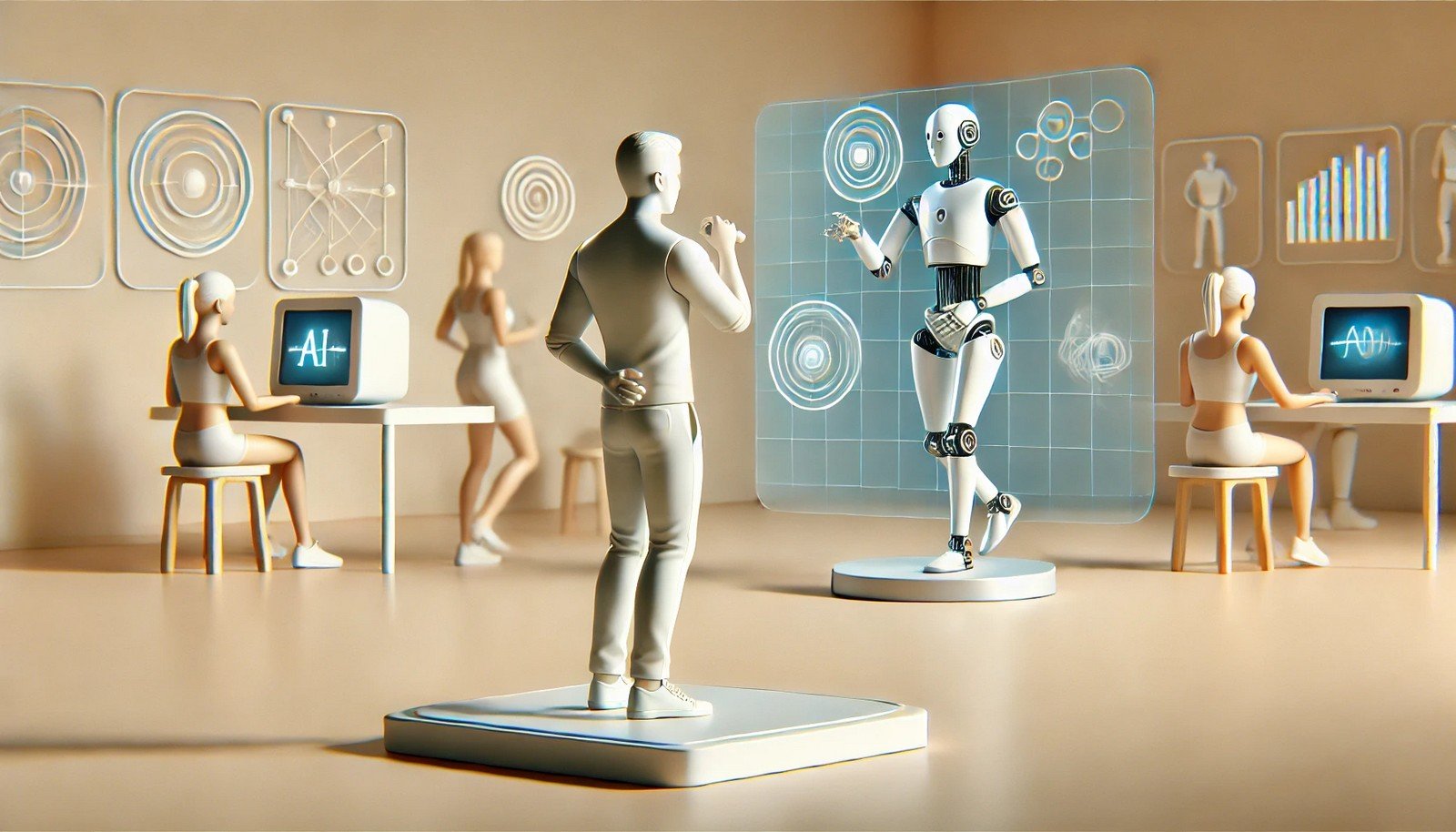Imitation Learning

Quick Navigation:
- Imitation Learning Definition
- Imitation Learning Explained Easy
- Imitation Learning Origin
- Imitation Learning Etymology
- Imitation Learning Usage Trends
- Imitation Learning Usage
- Imitation Learning Examples in Context
- Imitation Learning FAQ
- Imitation Learning Related Words
Imitation Learning Definition
Imitation Learning is a machine learning approach where models learn behaviors by observing and mimicking expert actions. This technique is particularly useful in scenarios where direct programming of desired behaviors is challenging, such as in robotics and autonomous systems. In Imitation Learning, a model is trained to replicate the decisions made by an expert, using supervised or reinforcement learning frameworks. By learning from demonstrations, the model refines its behavior to perform complex tasks autonomously.
Imitation Learning Explained Easy
Imagine you’re trying to learn how to draw by watching someone who is very good at it. You watch closely, copy their actions, and try to make your drawings look like theirs. Imitation Learning works the same way for computers; they watch experts doing tasks and then try to do them on their own, like mimicking the teacher.
Imitation Learning Origin
The origin of Imitation Learning lies in cognitive science and robotics, where researchers observed that humans often learn complex tasks by imitating others. This concept was adapted to machine learning to teach computers tasks in an intuitive, natural way, leading to innovations in autonomous navigation, gaming, and robotics.
Imitation Learning Etymology
The term comes from "imitation," signifying the model's objective to replicate expert actions through learning rather than being explicitly programmed for each step.
Imitation Learning Usage Trends
Imitation Learning has become increasingly relevant with the rise of robotics and AI applications requiring sophisticated task handling. From training autonomous vehicles to teaching household robots, Imitation Learning provides a practical way to introduce nuanced behaviors into AI systems without requiring exhaustive programming. This trend is expanding as industries look for efficient, adaptable training methodologies for machines.
Imitation Learning Usage
- Formal/Technical Tagging:
- Machine Learning
- Robotics
- Artificial Intelligence
- Reinforcement Learning - Typical Collocations:
- "Imitation Learning algorithm"
- "demonstration data"
- "model training in Imitation Learning"
- "expert-guided learning"
Imitation Learning Examples in Context
- A robotic arm learns to assemble parts by observing human workers and mimicking their precise movements.
- In autonomous driving, Imitation Learning enables a car to follow the safe driving patterns observed from expert human drivers.
- Video game AI opponents utilize Imitation Learning to behave more realistically by imitating human players’ actions.
Imitation Learning FAQ
- What is Imitation Learning?
Imitation Learning is a technique where models learn tasks by observing expert demonstrations. - How does Imitation Learning work?
It works by training models to replicate the behavior shown in expert data, often through supervised or reinforcement learning. - Is Imitation Learning used in robotics?
Yes, it’s widely used in robotics to enable machines to perform complex tasks. - What are some applications of Imitation Learning?
Applications include autonomous driving, robotic manipulation, and AI-driven video games. - How is Imitation Learning different from reinforcement learning?
While reinforcement learning relies on rewards for feedback, Imitation Learning directly copies expert behavior. - Can Imitation Learning be combined with other learning methods?
Yes, it can be integrated with reinforcement learning to refine model accuracy. - Is Imitation Learning suitable for real-time applications?
Yes, it is useful in real-time applications, especially when time-sensitive decisions are needed. - What are the challenges in Imitation Learning?
Challenges include ensuring the quality of expert data and generalizing behaviors to new environments. - How does Imitation Learning impact autonomous vehicles?
It helps in training vehicles to handle complex driving tasks by observing human drivers. - Is Imitation Learning used outside of robotics?
Yes, it is also used in healthcare, customer service, and financial modeling.
Imitation Learning Related Words
- Categories/Topics:
- Machine Learning
- Robotics
- Autonomous Systems
- Behavioral Cloning
Did you know?
Imitation Learning was notably used in training AI for playing games like StarCraft, where the model learned by watching thousands of expert games, achieving near-human level performance in strategy and decision-making.
PicDictionary.com is an online dictionary in pictures. If you have questions or suggestions, please reach out to us on WhatsApp or Twitter.Authors | Arjun Vishnu | @ArjunAndVishnu

I am Vishnu. I like AI, Linux, Single Board Computers, and Cloud Computing. I create the web & video content, and I also write for popular websites.
My younger brother, Arjun handles image & video editing. Together, we run a YouTube Channel that's focused on reviewing gadgets and explaining technology.



Comments powered by CComment